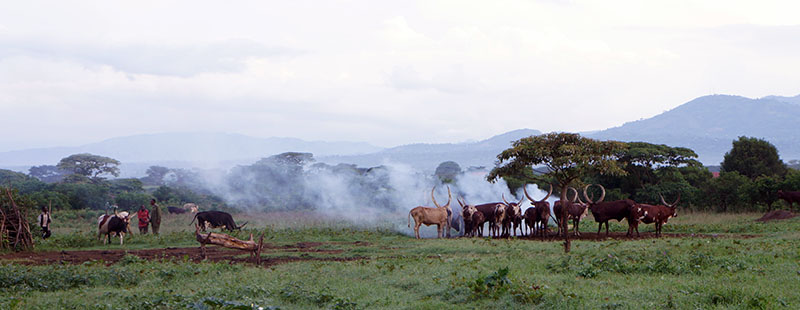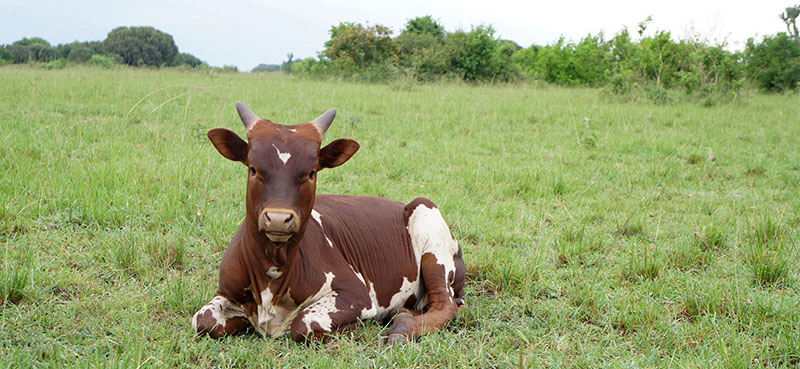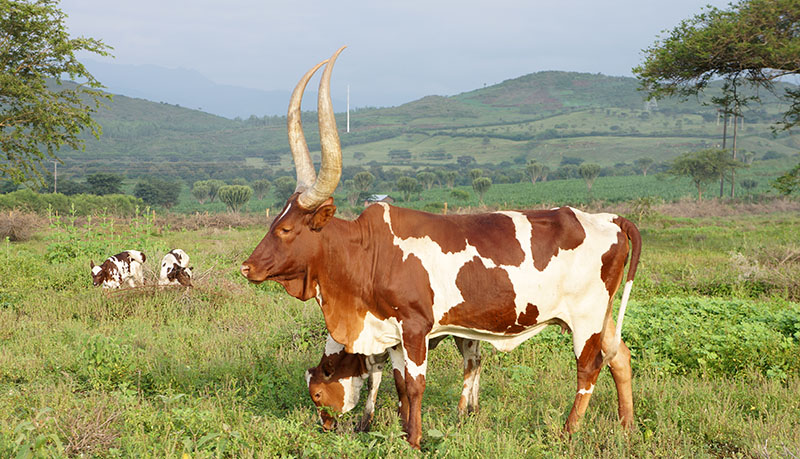The COVID-19 pandemic has had an unprecedented impact on small livestock producers in low-income countries and worsened food insecurity. Assem Abu Hatab, Lena Krautscheid and Sofia Boqvist, researchers at the Swedish University of Agricultural Sciences and the Nordic Africa Institute, explore lessons learned and challenges ahead.
In low-income countries, the outbreak of the COVID-19 pandemic in 2020 and the subsequent measures adopted by governments to contain the spread of the virus have exerted unprecedented impacts on livestock systems. In particular, small livestock producers, who represent the majority of producers in these countries, have been affected the most due to the small-scale and the informal nature of their activities.
“…the impacts of the pandemic on livestock systems in low-income countries have substantially undermined livelihoods, worsened food insecurity and increased sustainable development challenges for poor people.”
Over the last two years, there has been accumulated evidence that the impacts of the pandemic on livestock systems in low-income countries have substantially undermined livelihoods, worsened food insecurity and increased sustainable development challenges for poor people. Chiefly, this is attributive to the direct contributions that livestock chains make to the supply and consumption of animal-source foods, and their indirect contribution to employment, livelihoods and overall sustainable development.
Pandemics are expected to happen more frequently in the future
In this regard, the uniqueness of the COVID-19 impacts on livestock systems that make them incomparable with the impacts of previous disease outbreaks, as well as the projections that pandemics will happen more frequently in the future, necessitate comprehensive diagnosis and adaptation strategies to mitigate their consequences on food security in low-income countries.
In this respect, it is intriguing, from a research perspective, and necessary, from a policymaking perspective, to ask three questions:
- How has the pandemic affected livestock systems in low-income countries?
- What are the consequences of these effects on various dimensions of food security in these countries?
- What are the research and policy needs to enhance the preparedness of livestock systems for future pandemics and improve their capacity to foster food security in low-income countries?
To answer these questions, we systematically reviewed the peer-reviewed literature published between December 2019 and February 2021 on COVID-19, livestock systems and food security in low-income countries. At that early stage of the pandemic, a systematic review was sought to help characterize and synthesize the understanding on the interlinkages between COVID-19, livestock systems and food security.


